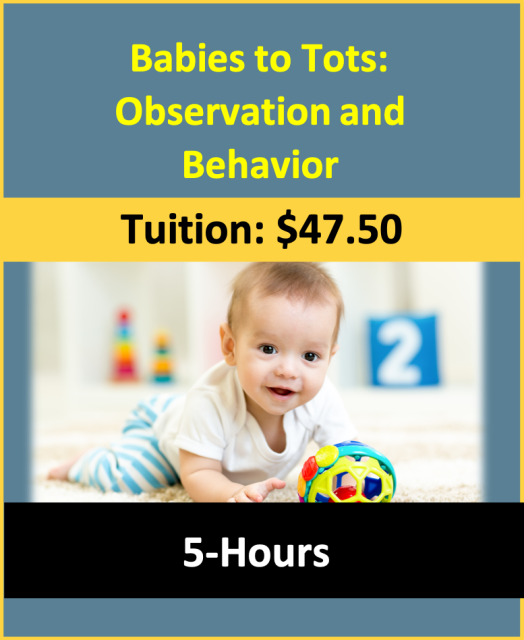Shell Cleaning
Lesson Plan:
|
Activity:
Shell Cleaning
Lesson plan developed by Aurora Tollestrup, BS Ed
Age Group:
* Lesson plan objective and assessment can be adapted to use this activity with preschoolers.
Objectives:
|
Children will:
- apply fine motor skill practice to strengthen skills.
- explore different textures, and colors.
II.4.2a
- Activities and materials encourage children of varying abilities to develop their small muscles
- c) Individual fine motor skills are encouraged through a variety of developmentally appropriate materials and activities
11.4.3a
- Activities and materials encourage children to develop their senses
- b) Sight, sound, smell, taste and touch experiences are encouraged through a variety of developmentally appropriate materials and activities
Materials:
- tray
- brushes
- assorted sea shells
- small bowl
- small jar with water
Procedure:
- Place materials in a shallow tray.
- Give children a brief demonstration and explanation of how to use the materials to clean the sea shells.
- Be sure to explain the purpose of this activity which is to strengthen fine-motor skills, practice their practical life skills, and explore different textures and colors through their sense of touch.
- Place the tray with contents on an appropriate shelf in your classroom for the children to use independently.
Assessment:
- Observe and record any improvement in the children’s fine-motor skills.
- Observe and record children’s reactions to different feelings of touch. Did the colors on the shells get brighter when wet? Did the textures on the shells change when they were clean? How did the outside of the shell feel compared to the inside?
Note: Please provide appropriate supervision to the children in your care when completing all activities. You will need to decide what types of activities are safe for the children in your care. Appropriate and reasonable caution should be used when providing art and sensory experiences for children. Toddlers require special caution, only use non-toxic materials, and do not allow toddlers to put things in their mouths that are a choking hazard.
Click on the course icon for enrollment information.
The Montessori Classroom
 This photo was found on Google images, linked here: lifesahappyhour.blogspot.com
This photo was found on Google images, linked here: lifesahappyhour.blogspot.com
Respect is a very important component of Montessori classrooms. Students are taught about different cultures, holidays, events, and more and are instilled with the priority of respecting diversity. For example, some Montessori classes or school will focus on educational units revolving around different cultures worldwide. Some will include performances, foods, musical influences and language lessons.
The Montessori classroom may also have sparse decorations which are easy on the eyes. Bright colors are discouraged, and instead a warmer, less harsh color palette in paint, furniture, posters, and materials are preferred.
How to create a Montessori environment:
The Montessori classroom may also have sparse decorations which are easy on the eyes. Bright colors are discouraged, and instead a warmer, less harsh color palette in paint, furniture, posters, and materials are preferred.
How to create a Montessori environment:
- Model appropriate voice levels.
- Avoid classroom decorations that include bright and distracting colors.
- Include materials that support a peaceful environment and do not cause disturbances in the classroom.
- Encourage students to wear soft soled shoes or slippers.
- Use materials that engage all 5 senses, from decorations and learning materials, to furniture and snacks.





